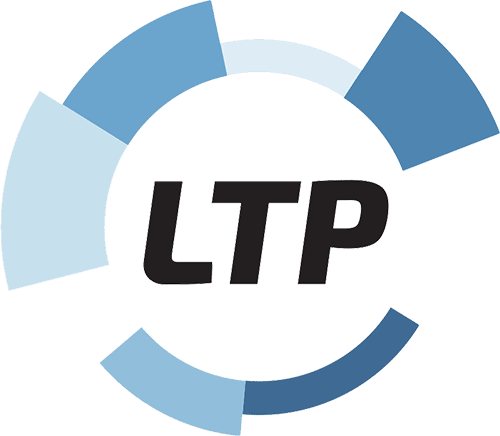An assessment provides insight into your strengths, potential, and adaptability. It supports well-informed decisions about your hiring and/or development. Most assessments take place at an LTP location, but remote sessions are also possible. Below, we explain how the process works – step by step.
Summary
Fair and objective evaluation
At LTP, we believe it’s important that everyone has equal opportunities during an assessment. That’s why our approach is fair and objective, so you can count on an evaluation that focuses solely on your qualities.
What does this mean for you?
- We use a structured approach, including standardized interview questions and evaluation criteria. This helps prevent irrelevant factors (such as unconscious bias) from affecting the outcome.
- The tests and questionnaires are carefully selected to measure what’s truly relevant for the job, allowing for a fair assessment.
- Our psychologists are trained to recognize and reduce bias. They regularly discuss this with colleagues to stay sharp and professional.
- We may (optionally) ask you to provide demographic information. This helps us ensure our methods remain fair for everyone.
- We consult with clients and participants about how to consider different backgrounds and perspectives.
- Our psychologists are members of the Netherlands Institute of Psychologists (NIP) and follow the professional code and test use standards.
The steps of an assessment
Step 1: Invitation email
You’ll receive an invitation email from LTP. The assessment typically includes online personality questionnaires and cognitive ability tests, an interview, and one or more simulation exercises or games. The exact content depends on the purpose of the assessment.
Step 2: Preparation
To present the best version of yourself, it’s important to prepare. LTP provides practice materials for the questionnaires and tests typically used in assessments. On the LTP practice site, you’ll find explanations, sample questions, and a timed practice test.
Preparation is especially important for the cognitive ability tests. For the other parts of the assessment, it’s most important to be well-rested and to be yourself
Step 3: Complete tests and questionnaires at home
The invitation email also includes instructions for completing online tests and questionnaires beforehand. You can do this at home or in another quiet place. These results provide insight into your intelligence, personality traits, motivations, adaptability, and (if applicable) leadership qualities and potential risk factors. They will be used as input during the assessment, so complete them carefully.
Step 4: Part 2 of the assessment (on location or remote
The second part consists of an interview with a psychologist and possibly additional components, such as a role-play or a business game.
Most assessments take place at an LTP location. Coffee and tea will be ready for you! Remote sessions are also possible. You’ll receive a separate Microsoft Teams link with instructions beforehand, allowing you to participate online. The assessment program is the same in both cases
Step 5: The report
Once the psychologist has written your report – no later than one week after the assessment – you’ll receive an email with a link to the secure portal. After logging in (with the credentials you created earlier) and a brief introduction, you’ll gain access to your report.
If you agree with the advice and content, you can approve the report for sharing. If you prefer not to share it, both the client and psychologist will be notified.
You can print or save the report. It will remain available in the portal for five years unless you request its deletion.
Step 6: Working on your development
This step is separate from the assessment itself, but it’s highly valuable. Use your assessment results to support your personal development!
Whether you’ve completed a selection assessment or a development assessment, it’s always a good idea to apply the insights to your growth. Doing so strengthens your growth mindset and helps you work more effectively within your team and organization.



